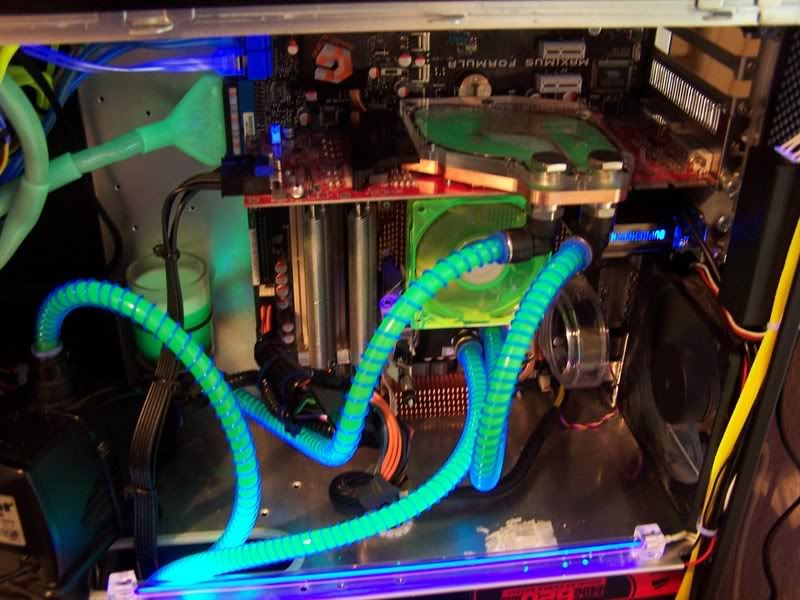Associate
- Joined
- 15 Nov 2008
- Posts
- 485
just wondered why they make them this way so that the nice to look at bits and covers are underneath and not seen and the back is not tarted up at all?

Please remember that any mention of competitors, hinting at competitors or offering to provide details of competitors will result in an account suspension. The full rules can be found under the 'Terms and Rules' link in the bottom right corner of your screen. Just don't mention competitors in any way, shape or form and you'll be OK.

yeah i asked myself the same question after i built my computer, that's why i have my antec1200 case upside down
yeah i asked myself the same question after i built my computer, that's why i have my antec1200 case upside down
im not the onlyone with an upside down case thenyeah i asked myself the same question after i built my computer, that's why i have my antec1200 case upside down
 thanks you Jebus.!
thanks you Jebus.!im not the onlyone with an upside down case thenthanks you Jebus.!




